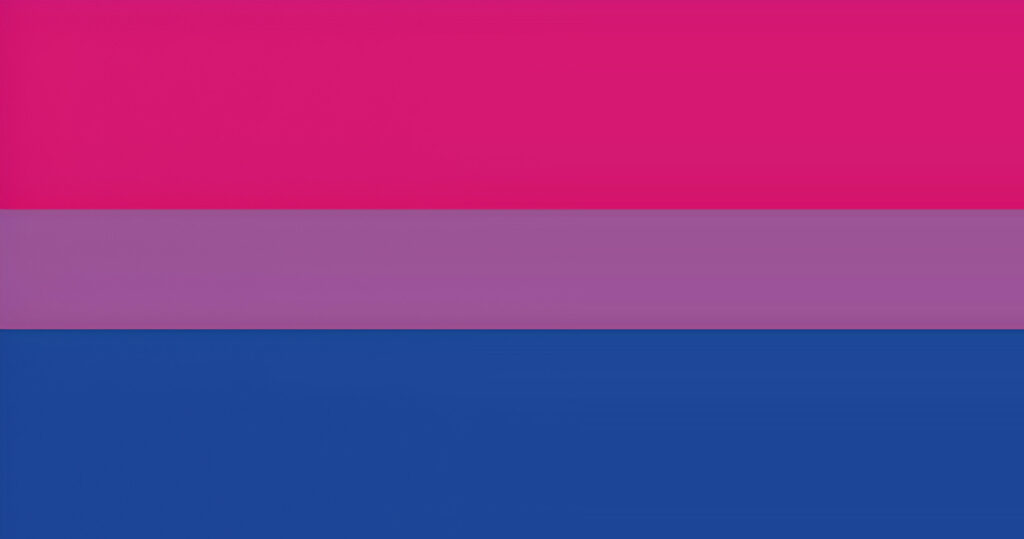Introduction
Welcoming readers with an exploration of the diverse world of LGBTQ+ flags, we begin our journey by shedding light on the Bisexual Flag. Bursting with vibrant hues, this iconic flag represents the bisexual community, and we’re here to unravel its rich tapestry. Embark on a vibrant journey as we unravel the intricate tapestry of identity woven into the fabric of the bisexual flag. Beyond its hues, this emblem is a celebration of diversity, inclusivity, and the myriad of experiences within the LGBTQ+ community. In this comprehensive guide, we invite you to explore the captivating history, delve into the symbolism, and gain a deeper understanding of the profound meaning behind the bisexual flag.
The Origin of the Bisexual Flag
Delve into the captivating history of the Bisexual Flag, exploring its inception, the creative mind behind its design, and the cultural significance it holds. Learn about the purposeful choice of colors that mirror the diversity within the bisexual community. The bisexual flag was created by Michael Page in 1998 as a symbol of bisexual visibility within the LGBTQ+ community. Page designed the flag to represent the bisexual community and to increase its recognition. The flag consists of three horizontal stripes:
- The pink stripe At the top of the flag represents attraction to the same sex. This is a nod to the color often associated with the gay and lesbian communities, symbolizing same-sex relationships and attractions.
- The Purple Stripe The middle stripe is purple, a blend of pink and blue. This color represents the attraction to both sexes, symbolizing the mixture of heterosexual and homosexual attraction that defines bisexuality. The purple stripe is a visual representation of bisexuality lying on the spectrum between heterosexuality and homosexuality.
- The Blue Stripe The blue stripe at the bottom of the flag symbolizes attraction to the opposite sex. Blue is traditionally associated with heterosexuality and, in this context, represents the heterosexual component of bisexual attraction

The creation of the bisexual flag was part of a broader effort to provide various groups within the LGBTQ+ community with their own symbols. These symbols serve not only as means of identification and pride but also as tools for political activism and community building. The bisexual flag, since its introduction, has become a widely recognized symbol of bisexual identity and inclusivity.
Understanding the Colors
Each color in the bisexual flag carries a unique meaning. From the deep shades of purple representing community to the bold pinks and blues symbolizing attraction, we break down the significance of each color and how they come together to form a powerful representation of bisexuality.
Beyond the Flag
Explore the nuances of bisexuality beyond the flag, delving into the challenges faced by the bisexual community, the importance of representation, and the ongoing journey towards acceptance.Highlight the significance of allies in supporting the bisexual community. Shed light on the role of inclusivity, understanding, and advocacy in creating a world where everyone feels accepted and valued.
Conclusion
Wrap up the journey by summarizing the key takeaways, emphasizing the beauty of diversity within the bisexual community, and celebrating the enduring symbol of the Bisexual Flag. Encourage readers to share their newfound knowledge and continue promoting inclusivity and understanding.






